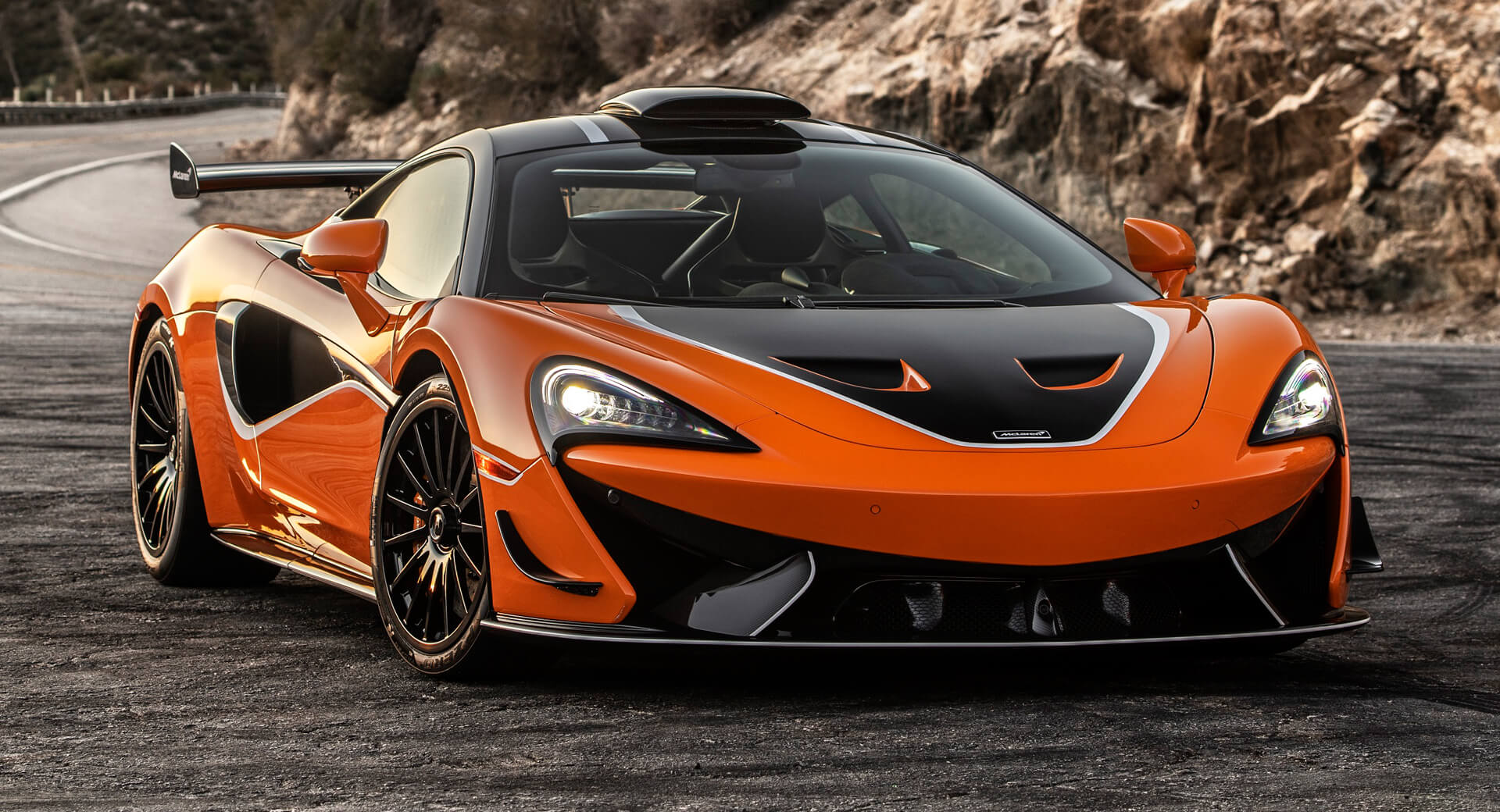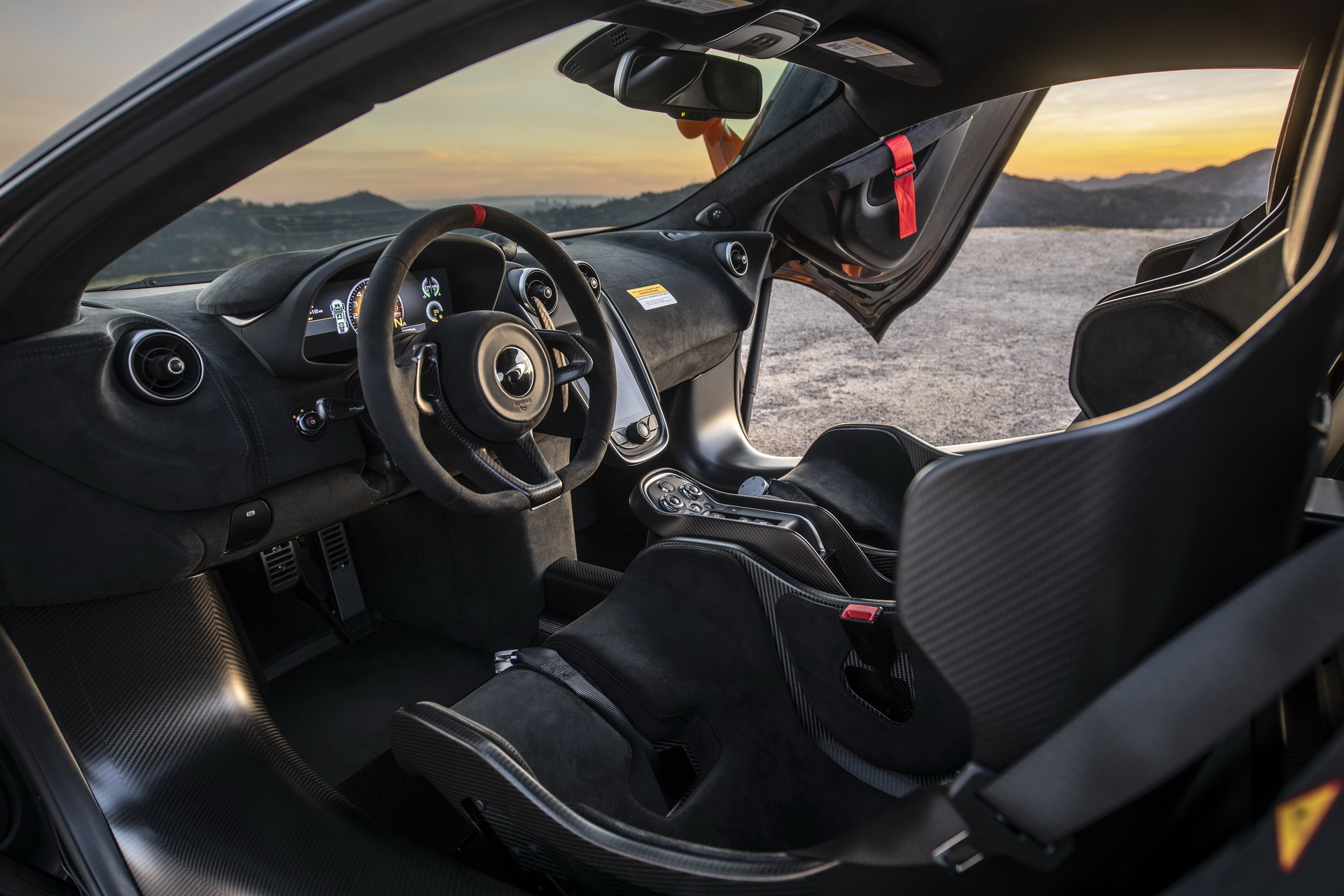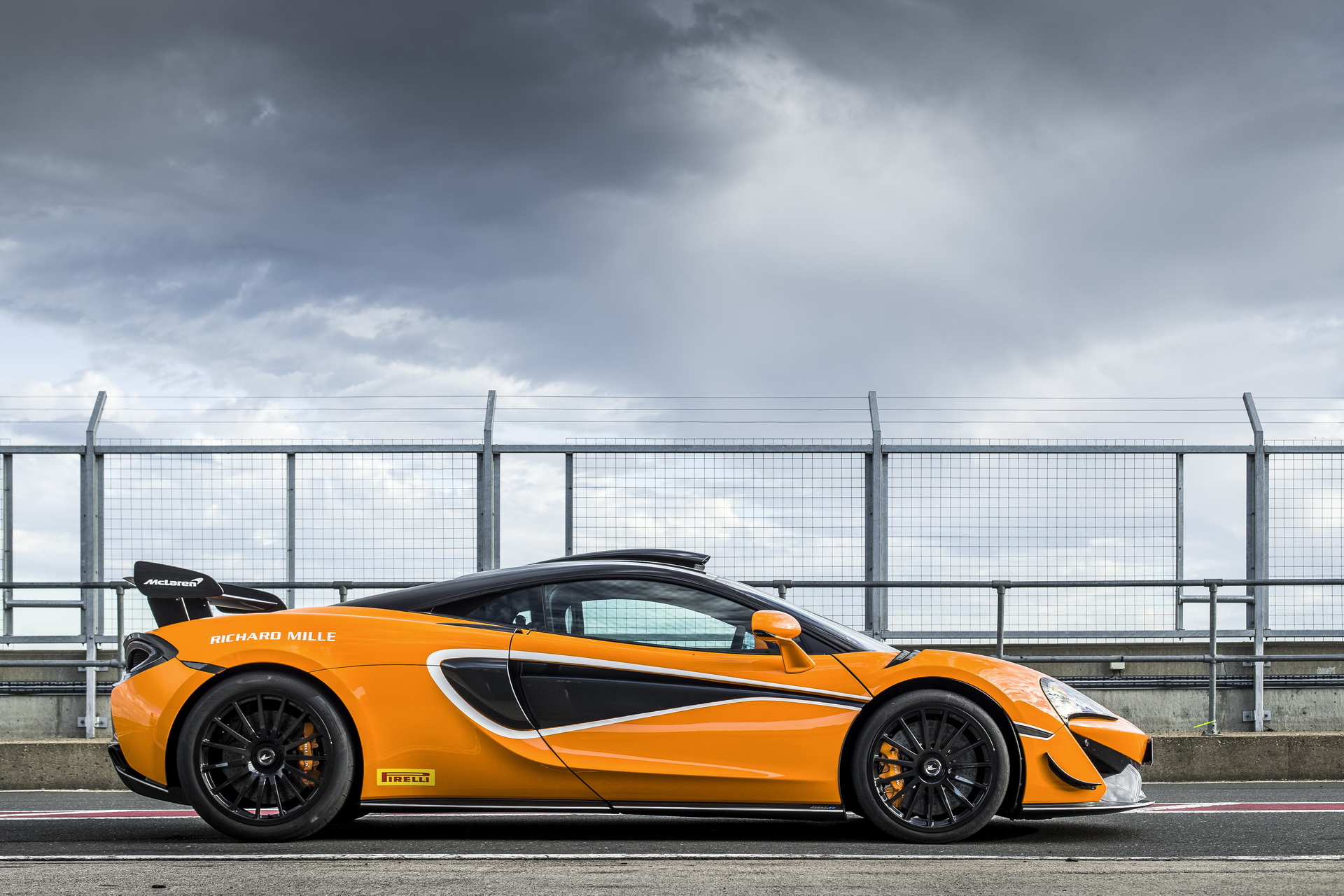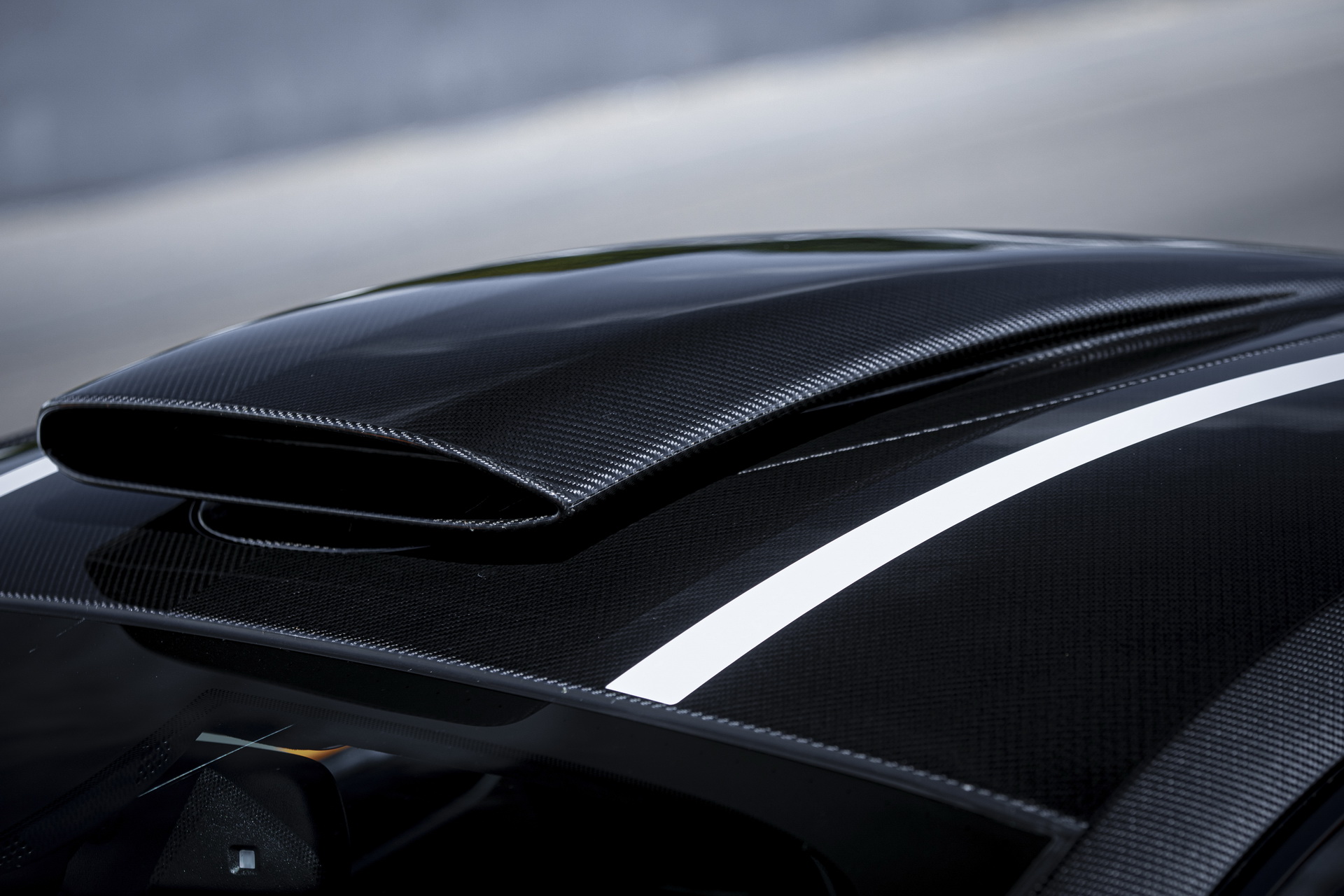Car journalists have been whinging about electric power steering for so long that it’s almost become a universally accepted fact that the technology is trash when it comes to delivering solid driver feedback.
Universally accepted, but not completely true. The Porsche 918 hypercar has an electric steering setup and excellent steering feel. And an early 2000s Range Rover has a traditional hydraulically assisted rack but the steering is so remote it’s living in a hermit’s hut somewhere in the north of Scotland.
But generally, electric steering systems do seem to deliver a more muted driving experience, which is why one or two companies, including McLaren, stick doggedly to hydraulic setups. But in McLaren’s case, that’s an electro-hydraulic system, where the hydraulic pump is run by an electric motor, rather than directly from the engine.
Related: McLaren 620R Now Available With MSO’s ‘R Pack’: Roof Scoop Anyone?
If you’re starting to get the impression there’s more to this steering feel business than a couple of stiff tires and that hula hoop sticking out of your dashboard, you’re not wrong. Fortunately, YouTube’s favourite car tech-head, Jason Fenske of Engineering Explained, is on hand to explain how the different types of power steering work, and why McLaren believes old-tech hydraulic help gives the best driver feedback.
This video sees Fenske carving through some Californian canyons in a McLaren 620R in some unusually murky weather conditions. But he still manages to slot in some cutaway shots of his famous whiteboard to help illustrate his points.
The 620R is pretty close to a GT4-spec race car for the street, and having driven one I can say its one of the most communicative cars I’ve driven – much more communicative than any current Ferrari (which relatively recently switched to electric steering; read into that what you will). And on this evidence it seems Fenske is fairly smitten, too.





















